New value chain in circular economy
The Government has just issued a national action plan for putting circular economy into practice until 2035.
Central to this plan is the vision of establishing a sustainable production and consumption system that optimises the use of natural resources while reusing materials to their fullest potential.
 |
|
Promoting innovation and applying digital technology, environmentally friendly technology and the best available techniques to implement the circular economy. |
By minimising waste generation and reducing negative impacts on the environment, Vietnam will promote robust circular economy models in production and trade.
The plan also aims to drive innovation, enhance labour productivity, encourage green practices, foster a culture of sustainability, generate green jobs, and develop new value chains within the circular economy.
Between now and 2030, Vietnam is committed to reducing the extraction and use of non-renewable and water resources while simultaneously enhancing the efficiency of resource, material and energy usage.
The plan aims to achieve land, water and mineral resource efficiency levels that rival those of ASEAN's leading countries. Biomass and solid waste-based power plants are expected to reach a capacity of 2,270MW, or 1.5% of the country’s total power generation.
Renewable energy is set to make up at least 47% of the total primary energy, with the target to decrease national energy consumption by 8–10%.
The plan also aims for 95% of solid household waste in urban areas and 80% in rural areas to be collected and treated, with less than 50% of this waste going directly to landfill.
Models of efficient use of natural resources, reuse and recycling of waste, and production and business models applying circular economics are being built, replicated and developed appropriately for each industry, field, and region at each level.
This is forming and developing new, sustainable value chains associated with high added value, creating many new jobs through the application of the circular economy while strongly attracting resources from green credit, green bonds and other legal resources for investment projects in developing the circular economy.
By 2035, Vietnam envisions an inclusive circular economy that blends innovation, high competitiveness, economic prosperity, environmental sustainability, and social equity.
The aim is to position the country as a leading hub for innovation within the ASEAN Economic Community (AEC), attracting investment and providing cutting-edge technologies, equipment, and services that support circular economy practices.
 Bắc giang
Bắc giang




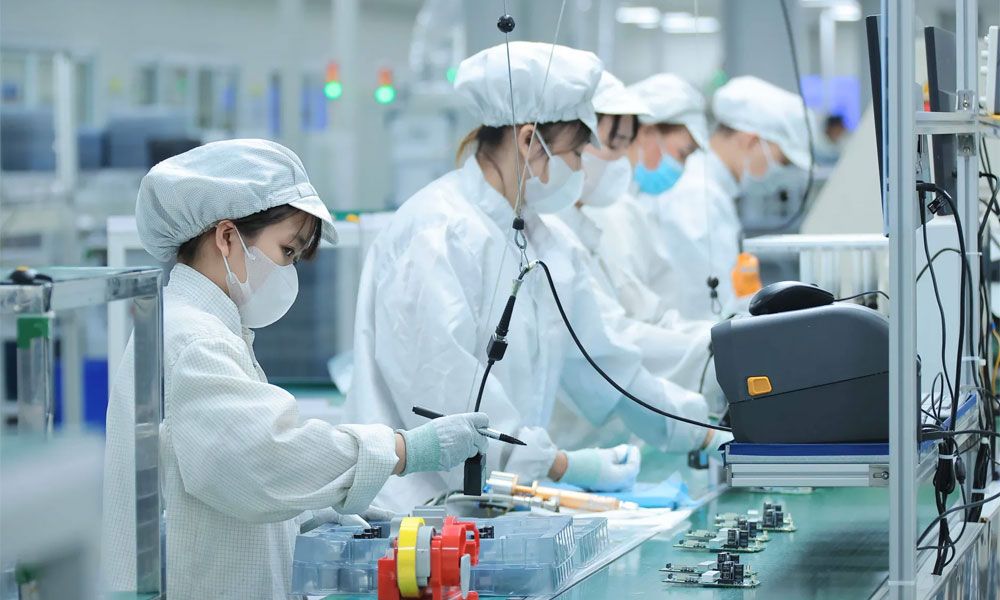
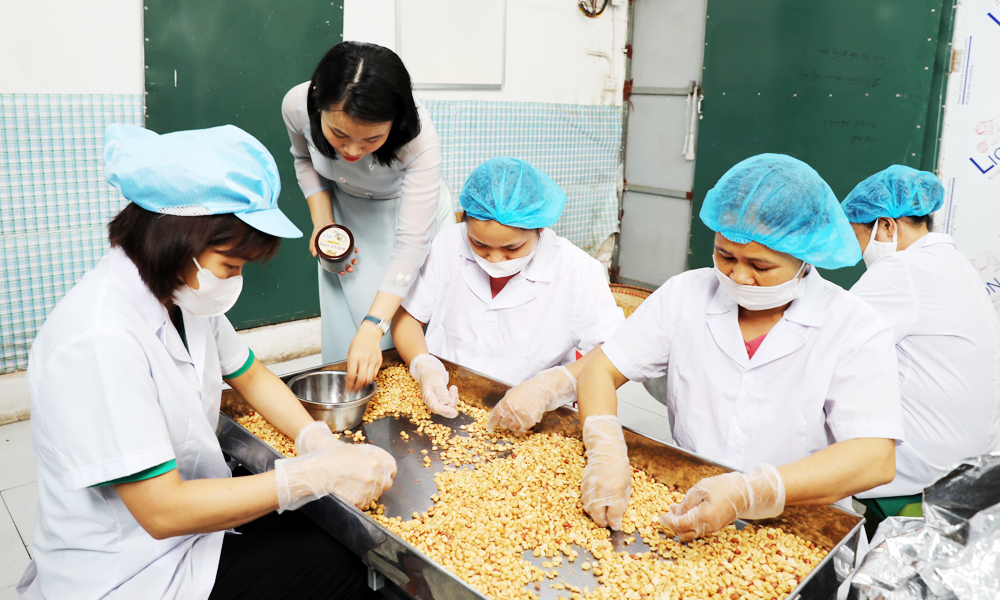
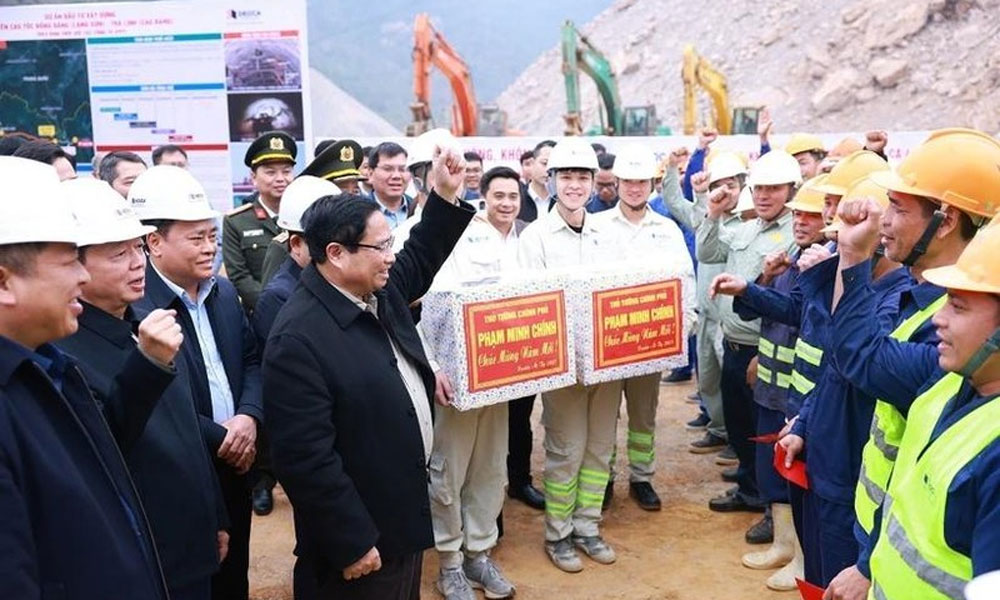
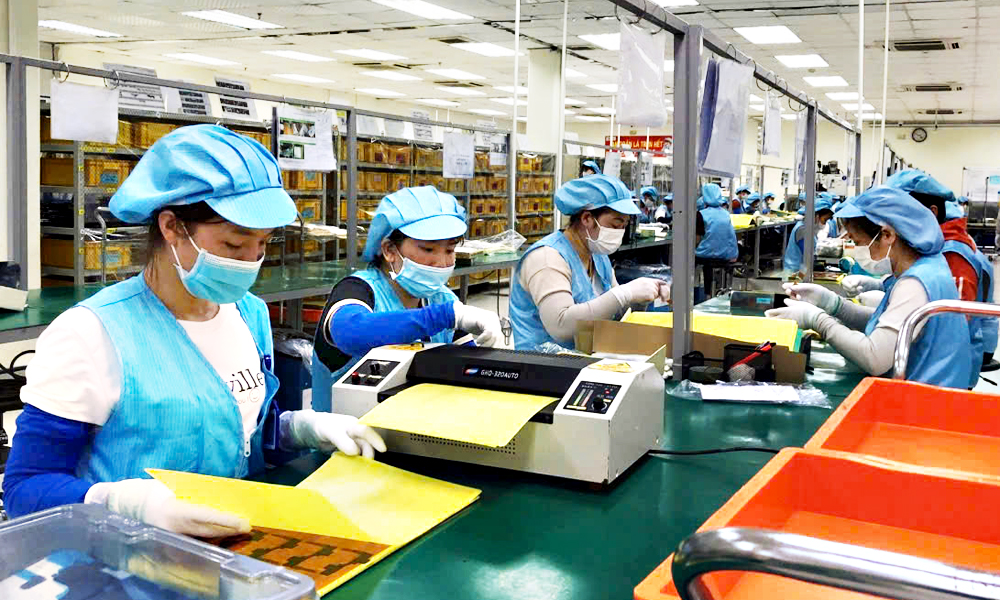
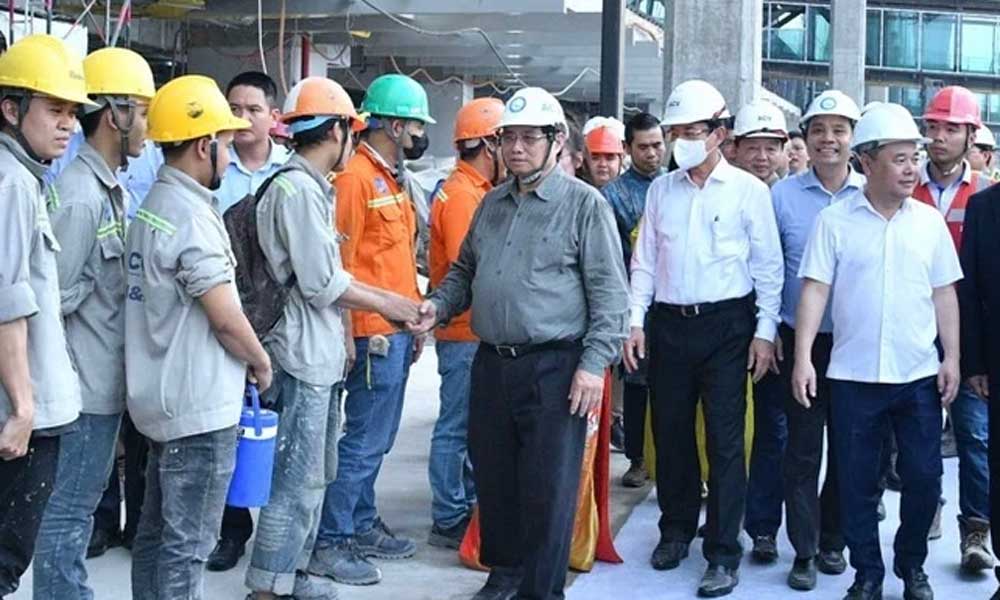

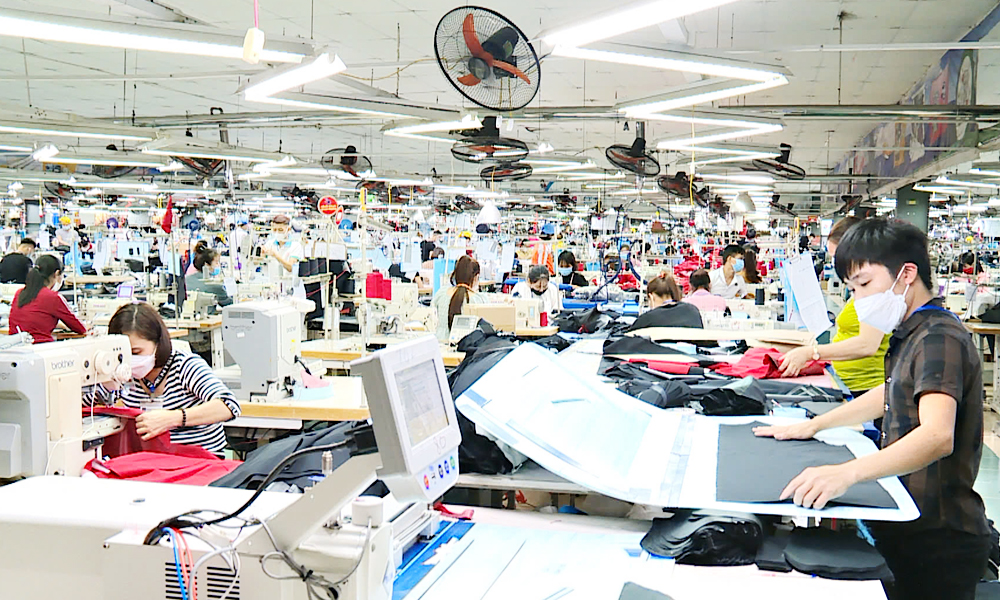
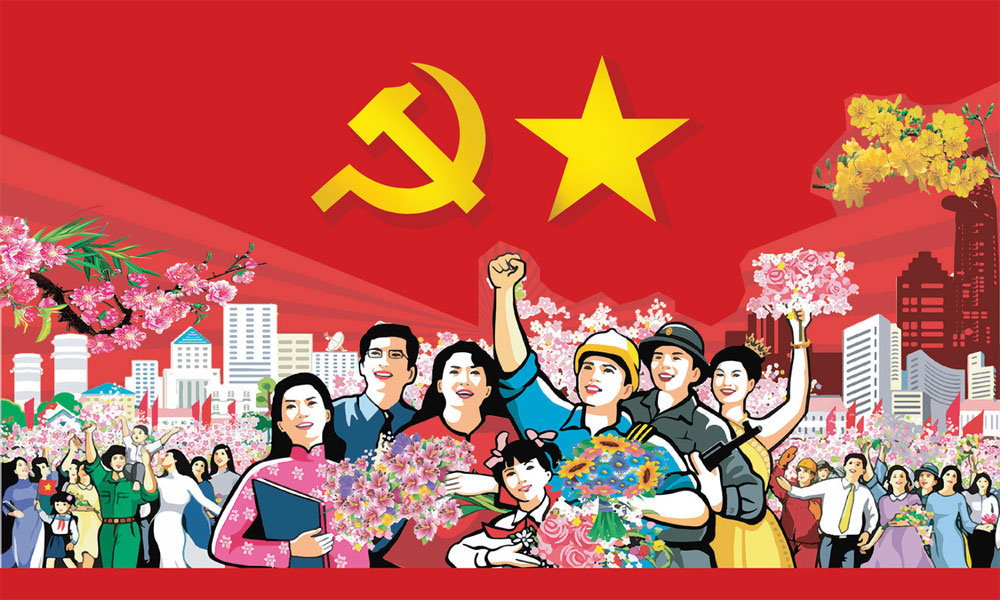

Reader's comments (0)